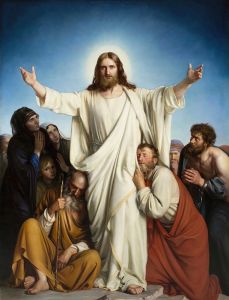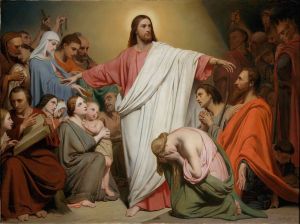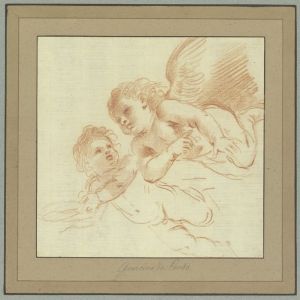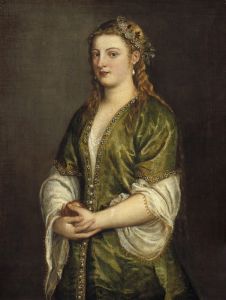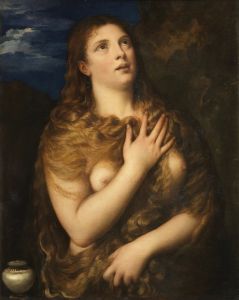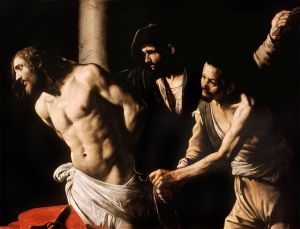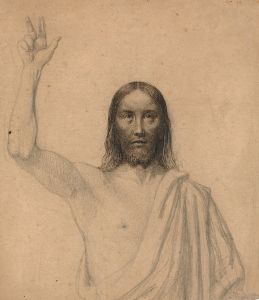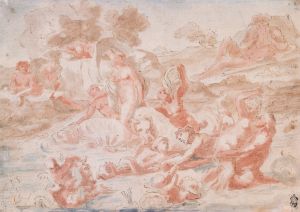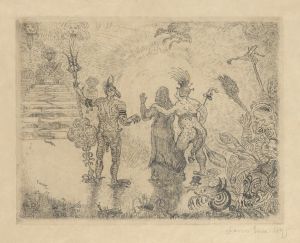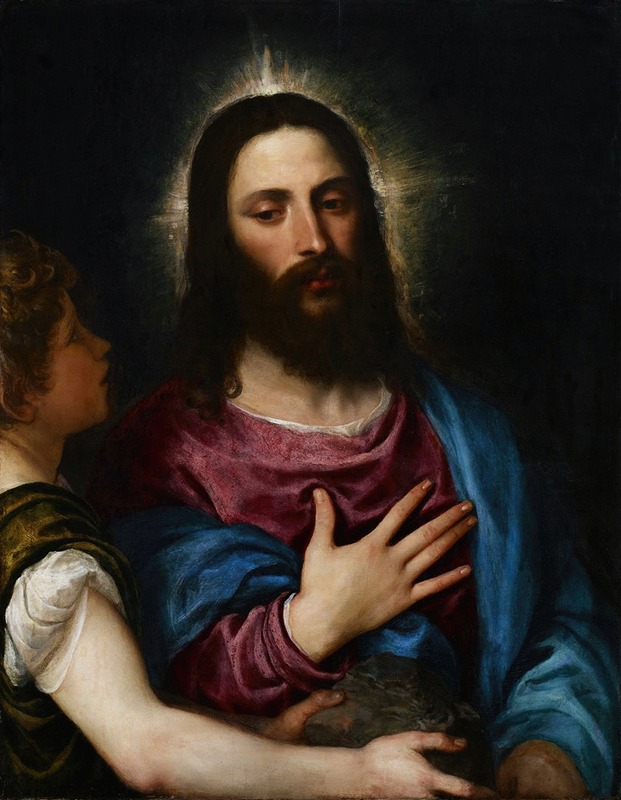
The Temptation of Christ
A hand-painted replica of Titian’s masterpiece The Temptation of Christ, meticulously crafted by professional artists to capture the true essence of the original. Each piece is created with museum-quality canvas and rare mineral pigments, carefully painted by experienced artists with delicate brushstrokes and rich, layered colors to perfectly recreate the texture of the original artwork. Unlike machine-printed reproductions, this hand-painted version brings the painting to life, infused with the artist’s emotions and skill in every stroke. Whether for personal collection or home decoration, it instantly elevates the artistic atmosphere of any space.
The Temptation of Christ is a painting attributed to the renowned Italian Renaissance artist Titian, although the attribution has been a subject of scholarly debate. Titian, whose full name was Tiziano Vecellio, was an influential figure in the Venetian school of the Italian Renaissance, known for his mastery of color and innovative compositions. The painting is believed to have been created in the early 16th century, a period when Titian was developing his distinctive style that would later influence generations of artists.
The subject of the painting, the Temptation of Christ, is a biblical narrative found in the Gospels of Matthew, Mark, and Luke. It describes the events following Jesus Christ's baptism, where he fasts for forty days and nights in the Judean desert and is tempted by Satan. The narrative is a significant episode in Christian theology, symbolizing the human struggle against sin and the power of faith.
In the painting, Titian captures the moment of temptation with dramatic intensity and vivid detail. The composition typically features Christ and Satan, with the latter often depicted in a menacing or persuasive posture. The landscape setting is rendered with Titian's characteristic attention to atmospheric effects, using light and shadow to enhance the emotional impact of the scene. The figures are usually depicted with a sense of movement and tension, reflecting the spiritual and moral conflict inherent in the story.
Titian's use of color in The Temptation of Christ is particularly noteworthy. His palette, rich and varied, contributes to the overall mood of the painting, with warm tones often used to highlight the divine presence of Christ and cooler, darker hues to represent the sinister nature of Satan. This contrast not only serves to delineate the characters but also underscores the thematic dichotomy of good versus evil.
The painting is a testament to Titian's skill in conveying complex theological themes through visual art. His ability to depict human emotion and divine presence with equal efficacy is evident in the nuanced expressions and gestures of the figures. The landscape, too, plays a crucial role, not merely as a backdrop but as an active participant in the narrative, reflecting the isolation and desolation of the desert setting.
While the exact provenance of The Temptation of Christ remains unclear, it is believed to have been part of a series of works commissioned for a religious institution or private patron. Titian's reputation as a leading artist of his time would have made him a sought-after choice for such commissions, particularly those involving religious themes.
Today, The Temptation of Christ is appreciated not only for its artistic merit but also for its contribution to the visual interpretation of biblical stories. It exemplifies Titian's ability to blend narrative content with aesthetic innovation, making it a valuable piece for both art historians and admirers of Renaissance art. The painting continues to be studied for its technique, composition, and thematic depth, reflecting the enduring legacy of Titian's work in the canon of Western art.





